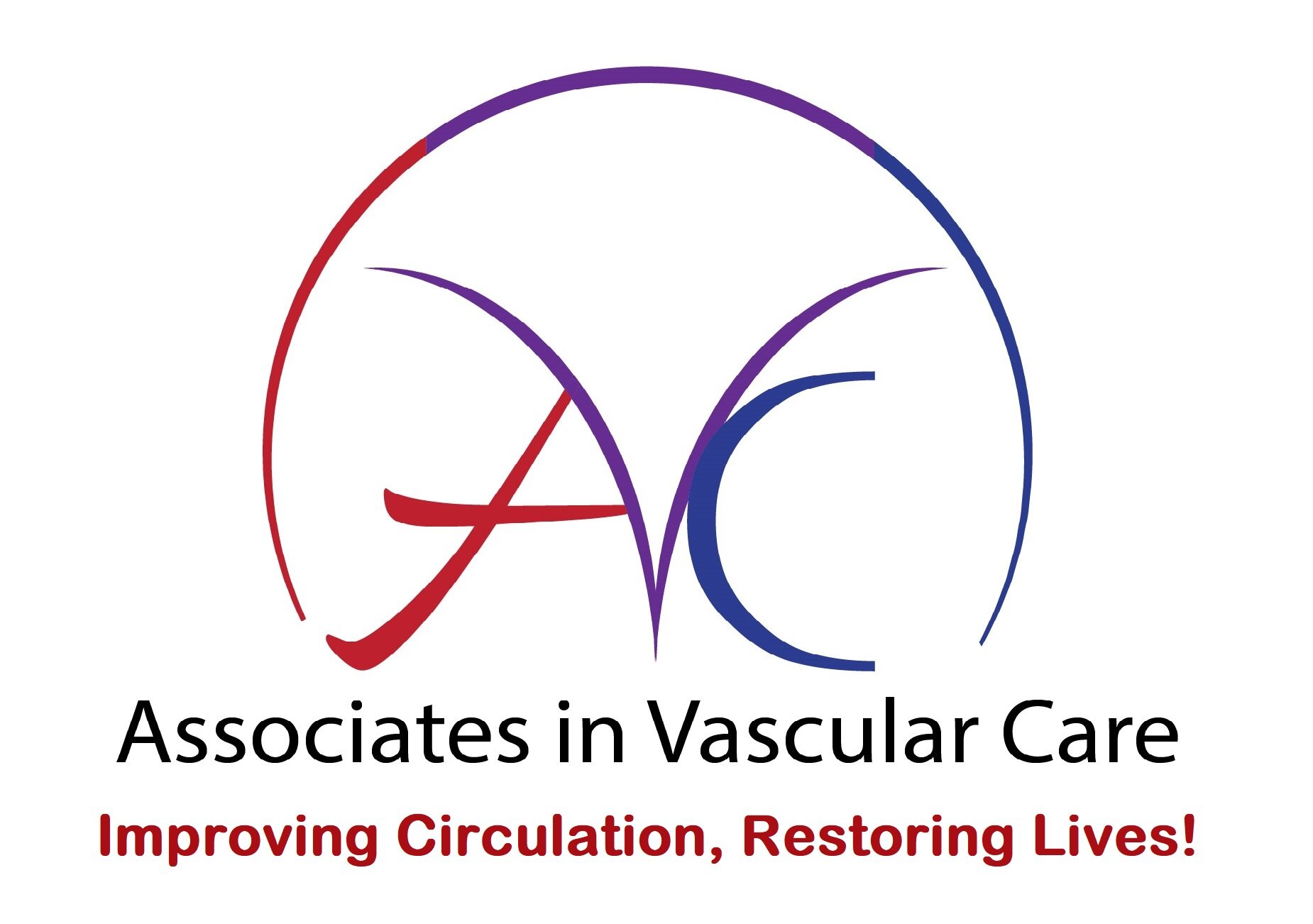Vascular Health and Exercise
Exercise helps to burn calories, lose weight, increases the heart rate, and keep blood flowing at a healthy rate. If your doctor has diagnosed you with vascular disease, or if you have concerns about your vascular health, starting some healthy habits can help minimize some common vascular complications. Daily physical activity has been shown to have a significant positive effect on vascular health, along with other good lifestyle choices such as: not smoking, eating heart healthy foods, and maintaining an appropriate body weight.
Studies show that for many people with Peripheral Artery Disease (PAD), exercise and a structured walking program is one of the best treatments for reducing leg pain or cramps (claudication) when walking. A regular exercise routine can reduce the risk of stroke, the fourth leading cause of death in America according to the CDCs 2010 National Vital Statistics Report. In 2010, 137,000 Americans died of stroke. Studies show that patients with Peripheral Artery Disease (PAD) may be successfully treated with exercise therapy and possibly avoid surgical interventions. Regular exercise also decreases the growth rate of abdominal aortic aneurysms, research has found.
The United States Center for Disease Control and Prevention (CDC) recommends 150 minutes of physical activity per week for adults 18 to 64. The activity can be a combination of moderate intensity aerobics and strength training, and should continue for at least 10 minutes at a time.
How do I start? Set a schedule! Make time to exercise at least 3 to 5 times a week. Build up slowly. Set your goal to start at 10 minutes of exercise time. As you improve, try to add an additional time each week. If you are experiencing leg cramps (claudication) when walking, stop and rest when you reach a pain level of 3 or 4. Rest until the pain goes away, then continue. Do not continue if you have pain in your chest and call your Doctor immediately.
The more consistent you are with your exercise and structured walking practice, within time, you will feel stronger as a result of your efforts.
Get the most out of your time exercising! Find a friend to walk with you, enjoy the weather and seasons, or listen to some music. Use a watch to track your time and see how far you are walking. Track it! Make a simple chart so you can see how much progress you have made. Examine your feet daily, especially if you have diabetes. Examine for cuts, sores, or blisters you may feel. Non-healing untreated wounds can lead to further vascular complications.
Most of all… enjoy the benefits of your healthy lifestyle!


